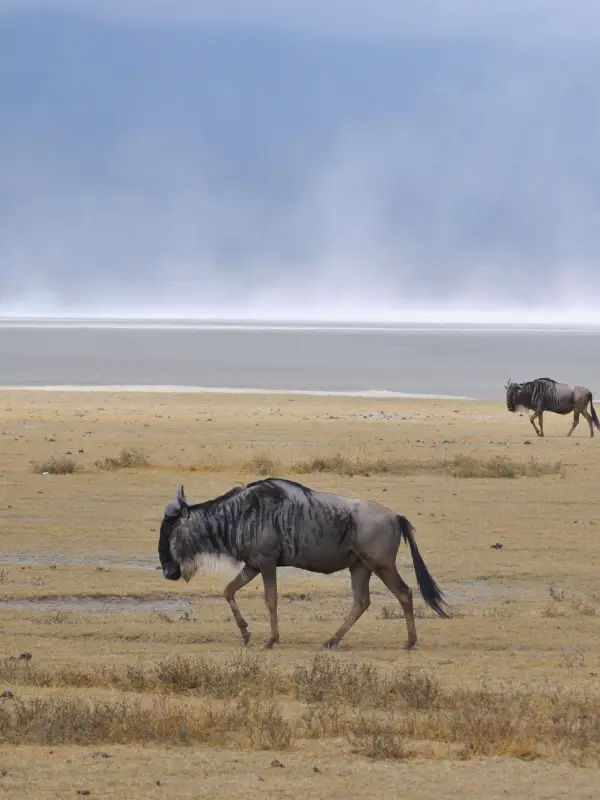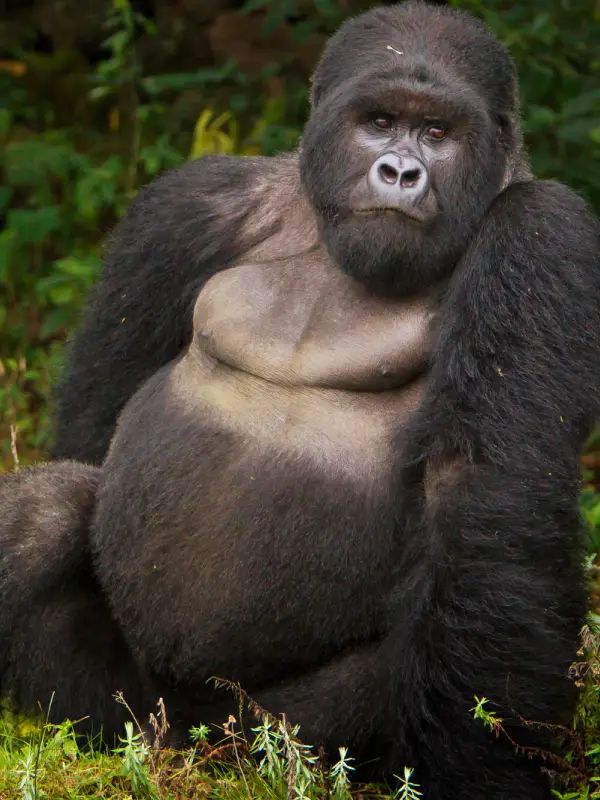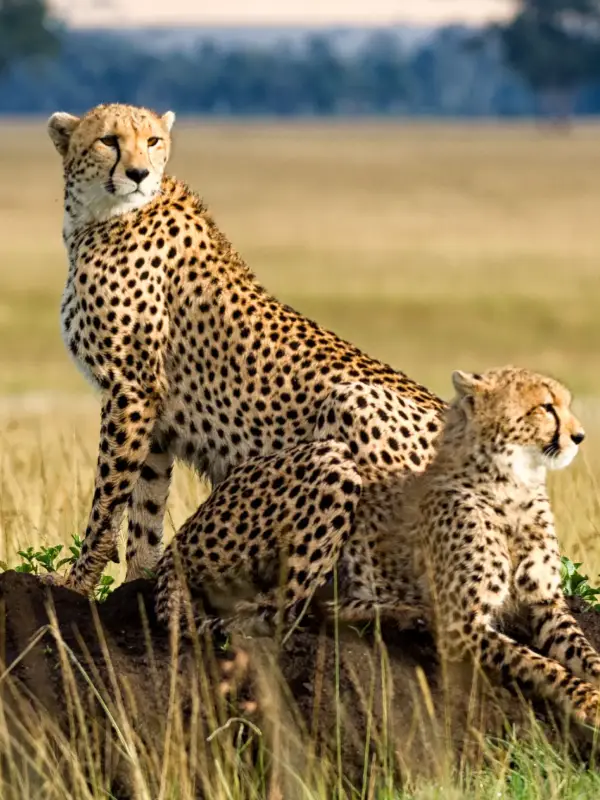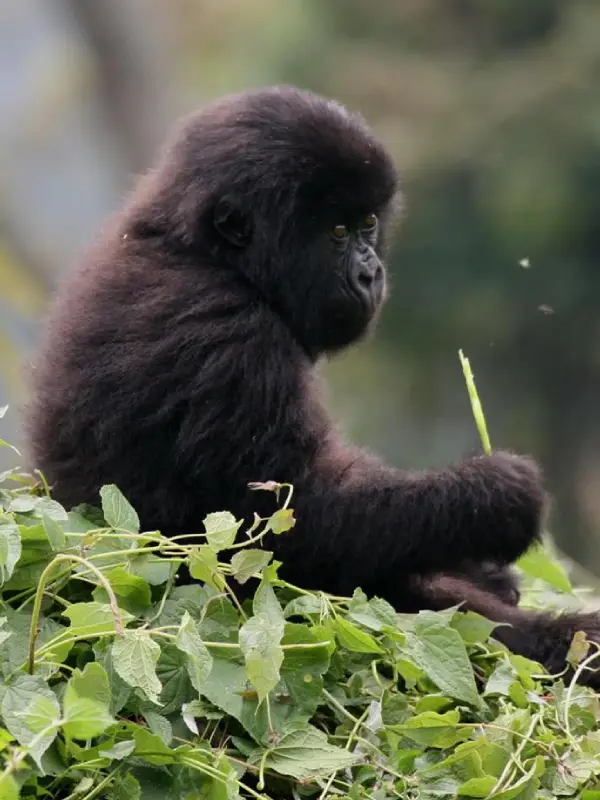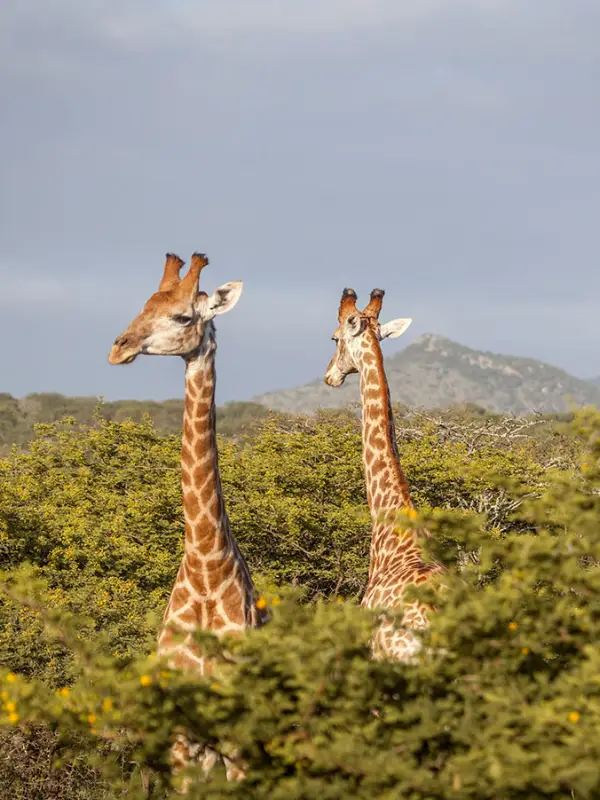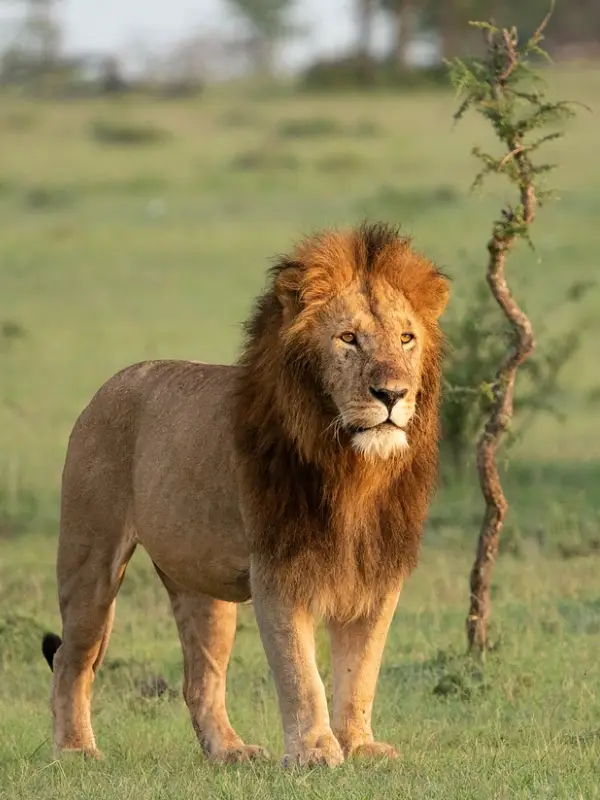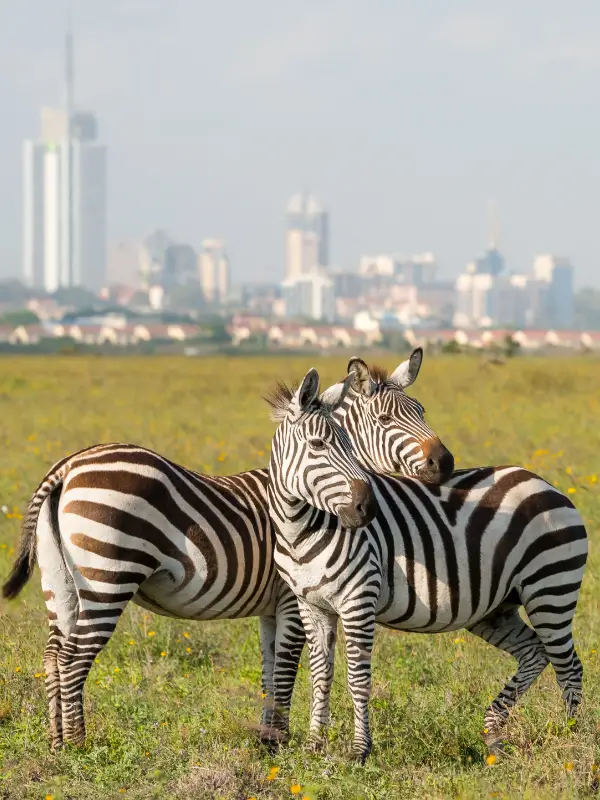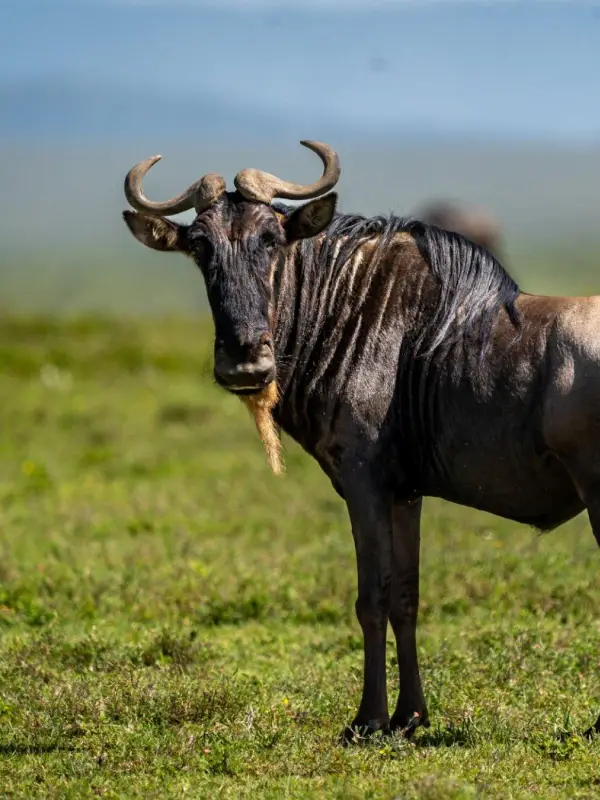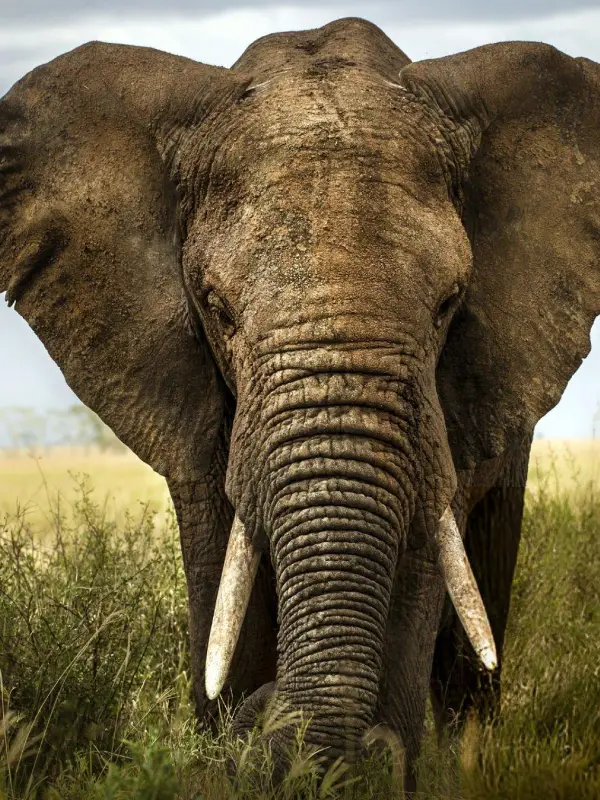Tanzania
Arusha National Park
Adventure, wildlife, and scenery combine in vibrant Arusha National Park.
Arusha National Park offers diverse landscapes, from volcanic peaks to lush craters, only minutes from the city. Visitors enjoy hiking Mount Meru, canoeing on Momella Lakes, and spotting rare Colobus monkeys in forests, all within a compact yet breathtaking Tanzanian destination.
Area
552 sq km
Established
1960
Location
Northern Tanzania
Altitude
1,400 - 4,566 m
Area
552 sq km
Established
1960
Location
Northern Tanzania
Altitude
1,400 - 4,566 m
A Compact Jewel of Tanzania’s Scenic Treasures!
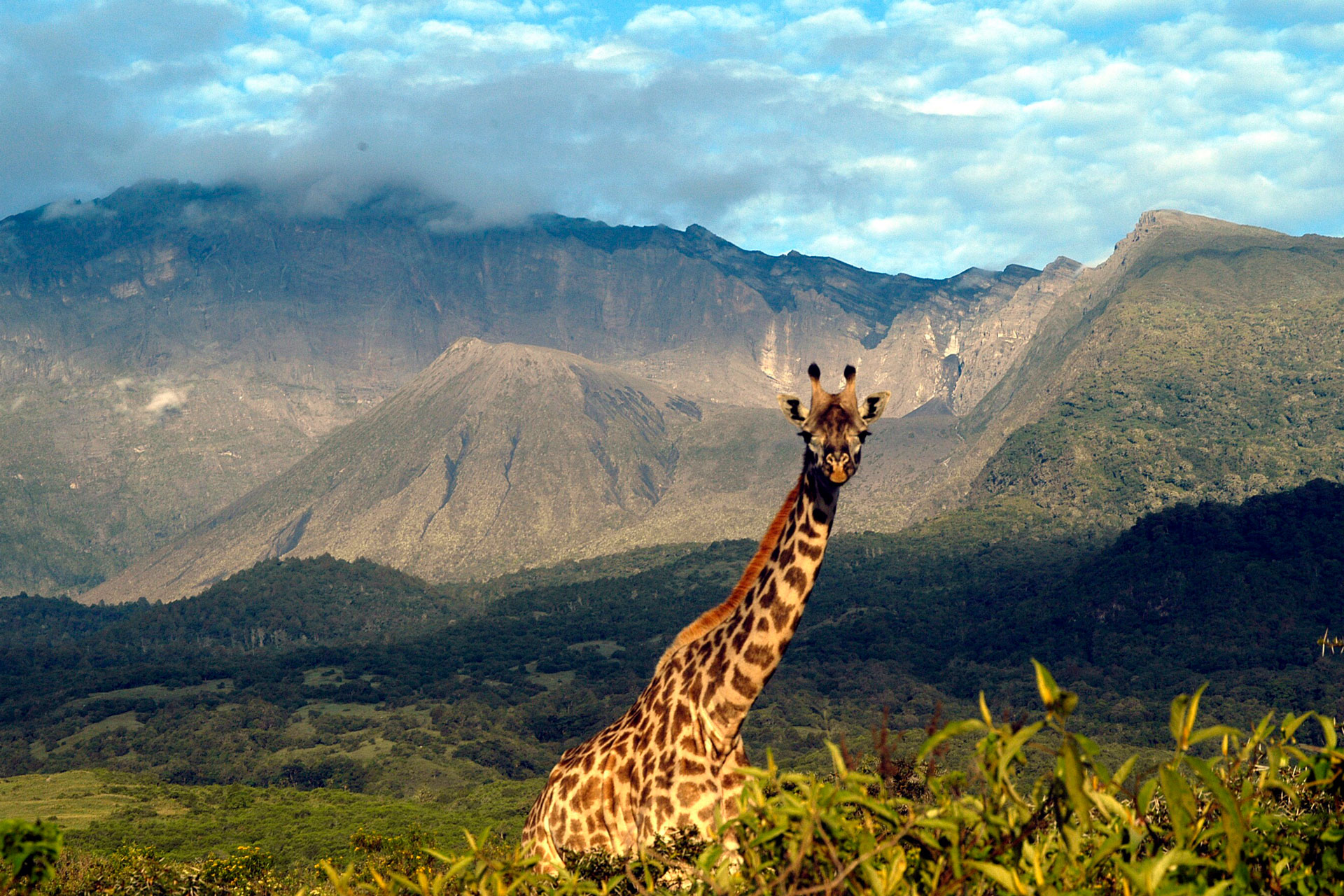
The park is small, but it has a wide variety of animals. In only one day of exploring, visitors can see giraffes, buffalo, zebras, and a wide range of bird species.
The park is a small area that showcases Tanzania’s beauty through trekking, canoeing, or simply taking in the sights. It works just as well for a quiet day excursion as it does for a memorable start or end to an extended safari.
This national park is only a few minutes from Arusha and Moshi, making it easy to get to a beautiful mix of nature and landscape. Because of where it is, it’s perfect for people who want a brief but meaningful break in nature.
Landscapes change a lot within their boundaries, going from broad savannah and lush rainforests to acacia trees and alpine meadows on the slopes of Mount Meru. Every zone offers fresh sights to explore and capture with your camera.
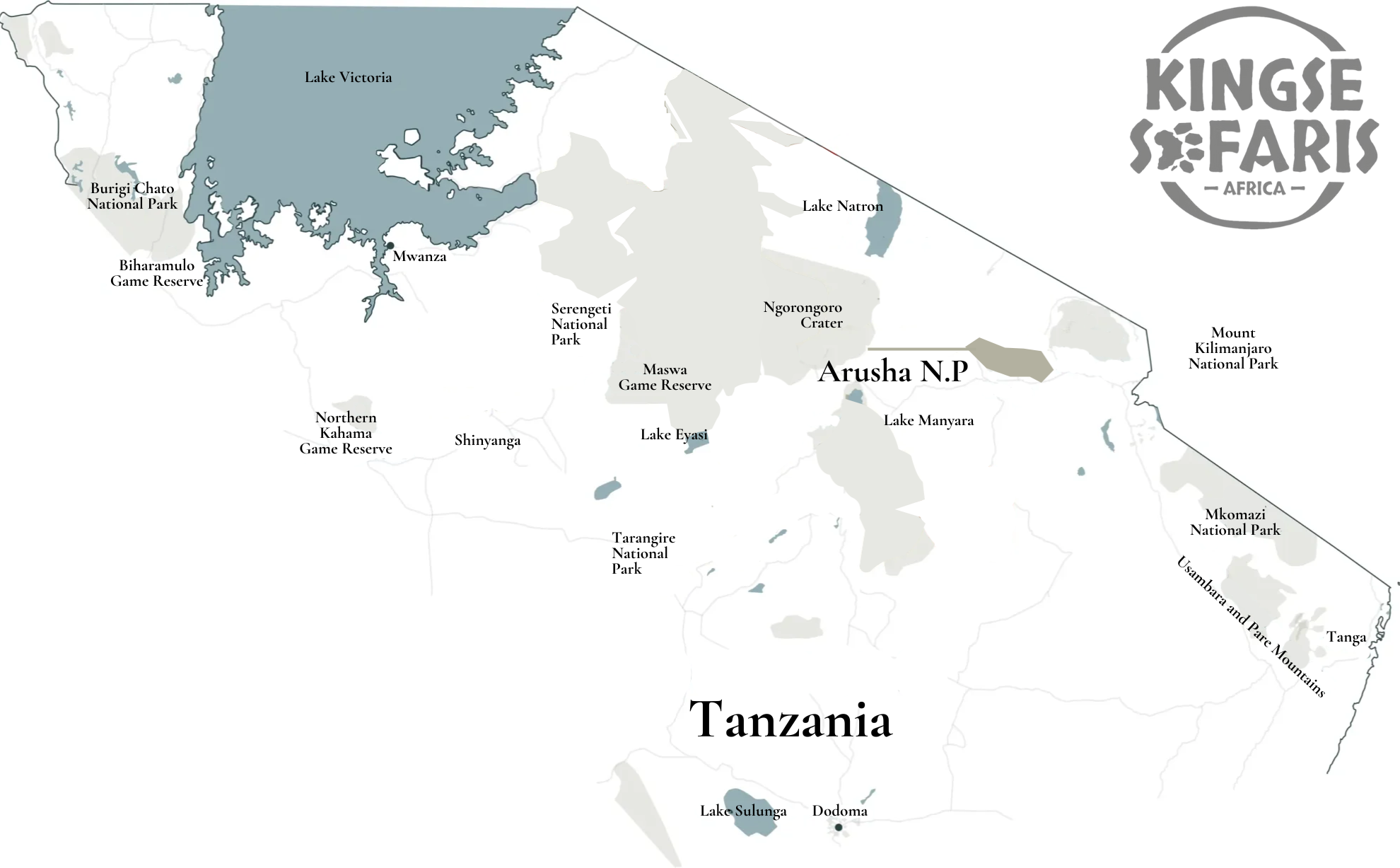
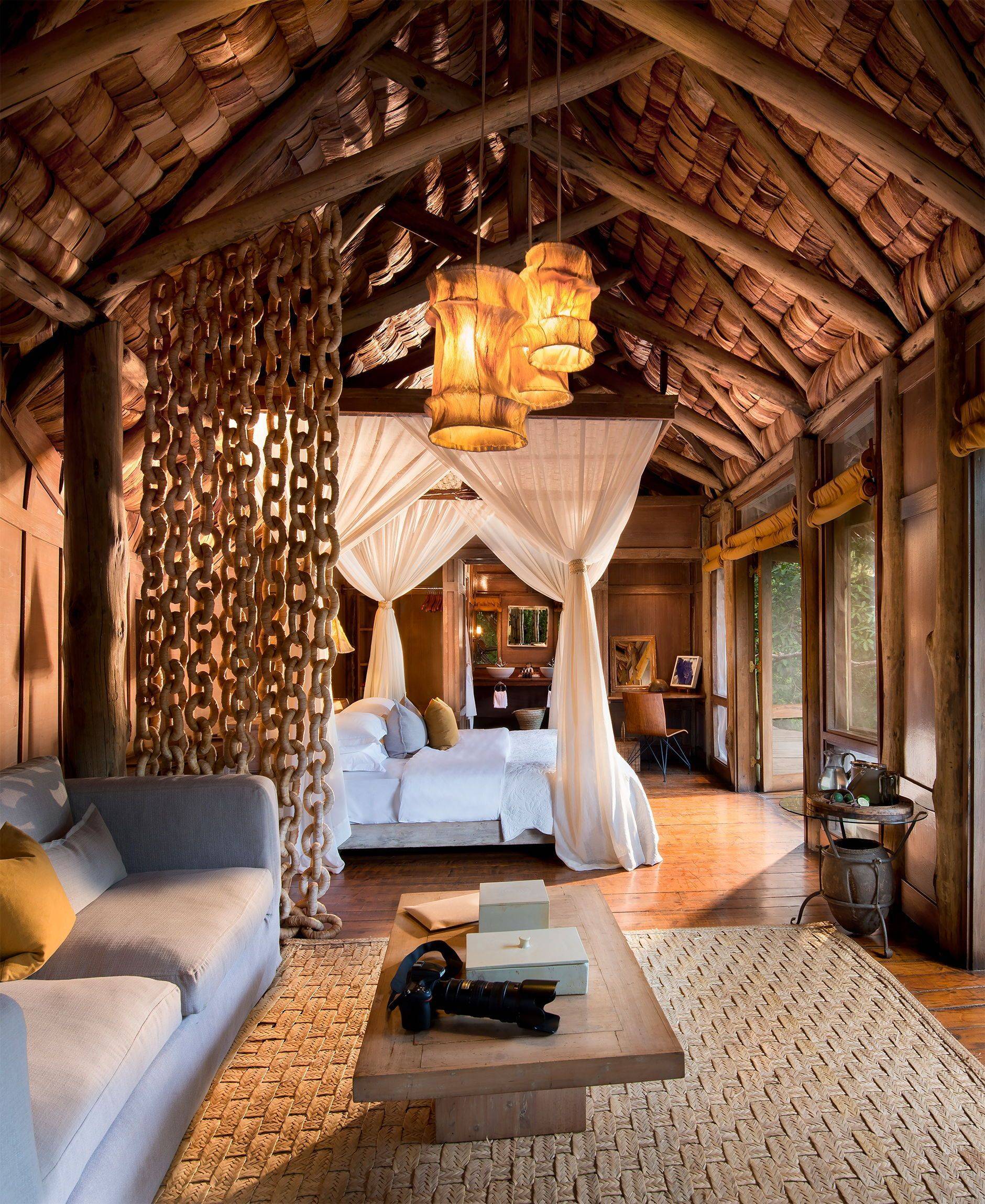
Best Time To Visit Arusha
Wildlife viewing is excellent all year, but June to October offers the best sightings. Wet months from November to May bring lush scenery, though March and April can be rainy.
Best Time
June to October
High Season
July to March
Low Season
April and May
Best Weather
June to October
Best Time
June to October
High Season
July to March
Low Season
April and May
Best Weather
June to October
Discover East Africa's Best Safari Packages
7 Days Tanzania Safari
5 Days Rwanda Safari
7 Days Kenya Safari
7 Days Uganda Safari
Top Reasons to Visit Stunning Arusha National Park
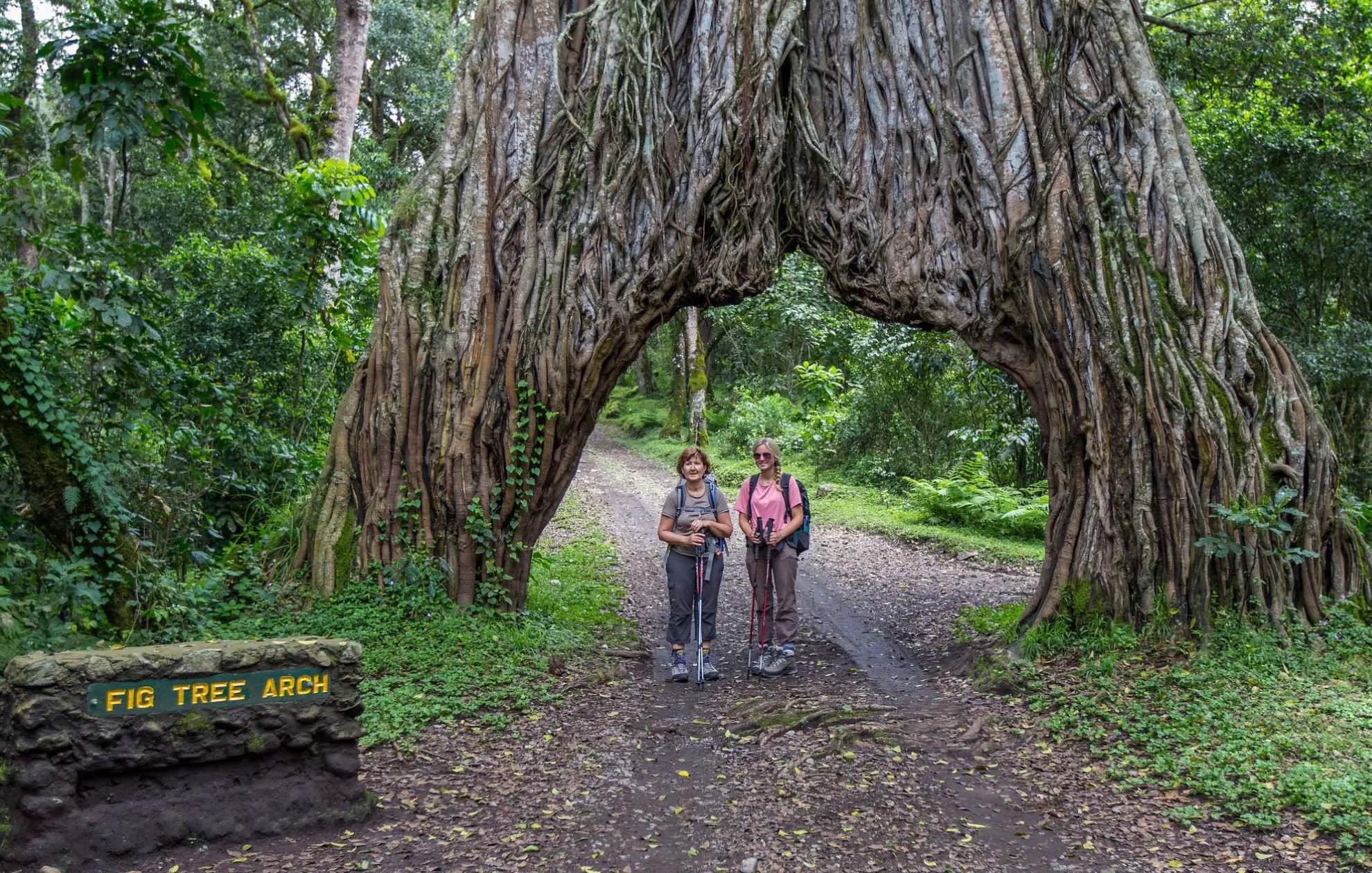
Beyond the mountain, Arusha is home to Momella Lakes, where seasonal flamingos and waterbirds create a living canvas of color, and the dramatic Ngurdoto Crater, sometimes called “Little Ngorongoro,” with its marshy floor teeming with wildlife.
Adding to its charm are unique sites like the Mini Serengeti, where herbivores gather at dawn, and the Fig Tree Arch, a natural wonder large enough for a safari vehicle to pass through. Together with over 400 bird species, this blend of landscapes, wildlife, and rare attractions makes Arusha a park that always surprises.
Beyond the mountain, Arusha is home to Momella Lakes, where seasonal flamingos and waterbirds create a living canvas of color, and the dramatic Ngurdoto Crater, sometimes called “Little Ngorongoro,” with its marshy floor teeming with wildlife.
Adding to its charm are unique sites like the Mini Serengeti, where herbivores gather at dawn, and the Fig Tree Arch, a natural wonder large enough for a safari vehicle to pass through. Together with over 400 bird species, this blend of landscapes, wildlife, and rare attractions makes Arusha a park that always surprises.
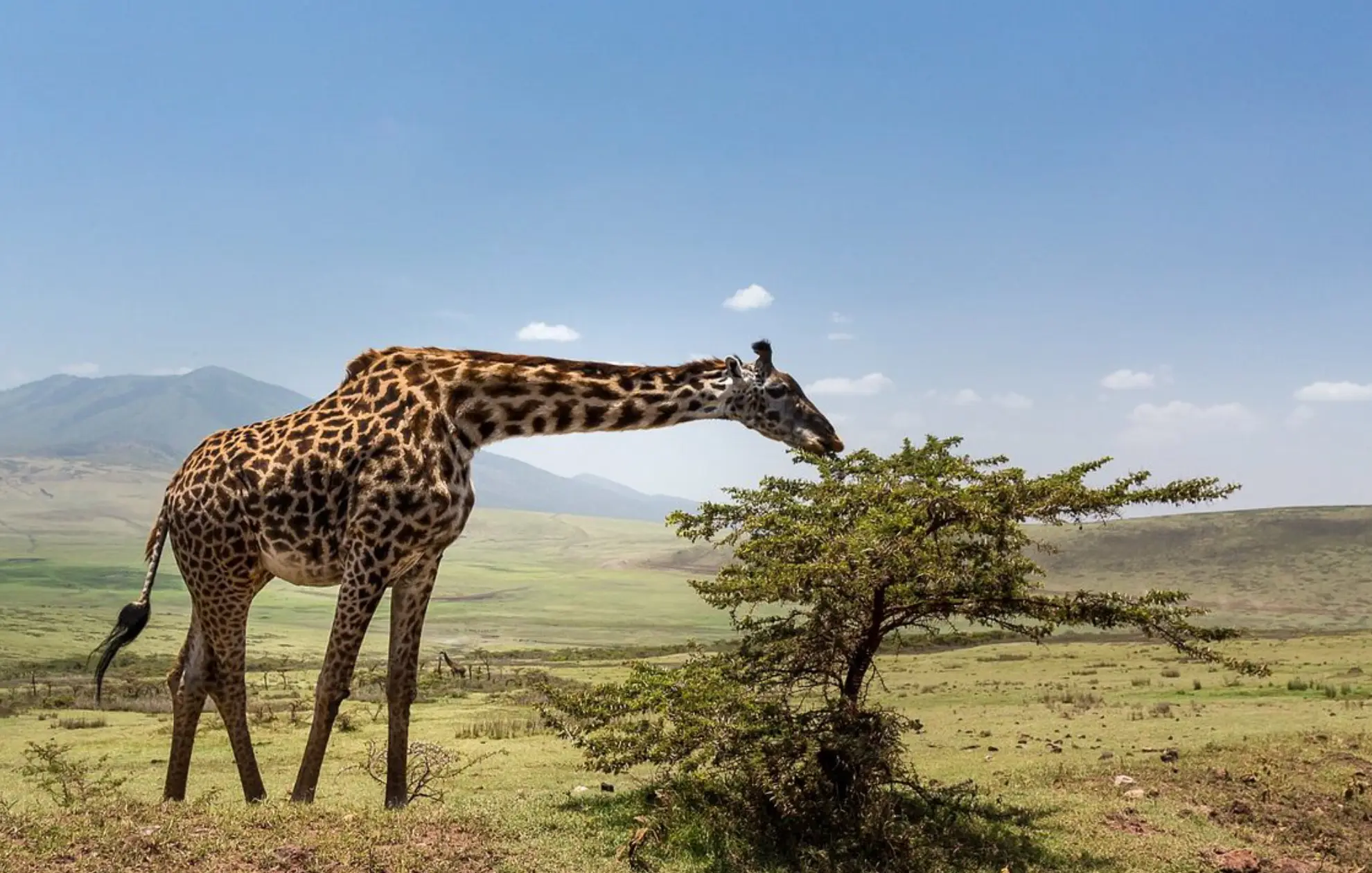
Tanzania Safari FAQs to Guide Your Dream Adventure
It can be overwhelming to plan a safari in Tanzania, but we’ve made it easier for you. Here are the most common questions that people have before going to East Africa’s most famous wildlife destination.
What makes Tanzania different from other safari destinations?
Tanzania is one of Africa’s ultimate safari destinations thanks to its sheer diversity. The Serengeti hosts the world-famous Great Wildebeest Migration, Ngorongoro Crater offers a unique chance to see the Big Five in one day, Mount Kilimanjaro promises iconic trekking adventures, and Zanzibar adds beach relaxation after a wildlife-filled safari.
Do I need a visa to visit Tanzania?
Yes, most travelers require a visa to enter Tanzania. You can apply for an e-visa online before travel or get one on arrival at airports such as Kilimanjaro International or Dar es Salaam.
The single-entry tourist visa usually costs $50–$100, depending on your nationality, and allows a stay of up to 90 days. Make sure your passport is valid for at least six months from your date of entry.
When is the best time to see wildlife?
Tanzania is fantastic year-round, but wildlife viewing is especially good in the dry season (June–October), when animals gather around rivers and waterholes.
If you want to witness the Great Migration River crossings, July to September is ideal.
For those interested in birdwatching and calving season (when wildebeest give birth), January–February is excellent.
Green season (March–May) brings lush scenery, fewer crowds, and lower prices, though some rains may limit movement.
What vaccinations or health precautions should I take?
If you are going to or passing through a place where yellow fever is a concern, you need to get a yellow fever vaccination. It is very important to avoid getting malaria, so talk to your doctor about the best medicine to take.
It’s also a good idea to keep up with your usual vaccinations, like those for hepatitis A and B, typhoid, and tetanus. During your Tanzania Safari, bring bug spray, drink bottled or filtered water, and keep yourself clean.
What should I pack for a Tanzania safari?
The most important things are comfort and usefulness. Wearing clothes in neutral colours like khaki, beige, or olive helps you blend in with your surroundings and keeps bugs away. Bring light clothing because it can be cool in the morning and evening, but warm in the afternoon. You need strong walking shoes or boots, especially for game walks or hikes. You should bring binoculars, a camera, sunscreen, a hat with a wide brim, bug spray, and reusable water bottles. When going mountain trekking, you need to wear warm clothes and rain gear.
Is Tanzania safe for travellers?
Yes, tourists may feel safe and welcome in Tanzania. National parks are secure, and the guides are experienced specialists. It’s wise to be careful in cities, just like anywhere else. Don’t carry valuables in plain sight, use licensed cabs, and don’t stroll alone at night. Most guests say they feel comfortable, especially when they go on safari with a trusted company like ours.
How much does a Tanzania safari cost?
The Tanzania Safari Cost depends on the level of comfort and duration. On average:
- Budget safaris: $200–$300 per person per day (camping or simple lodges).
- Mid-range safaris: $400–$800 per person per day (comfortable lodges/tented camps).
- Luxury safaris: $1,000+ per person per day (exclusive lodges, private vehicles, luxury experiences).
The price usually covers accommodation, park fees, meals, and game drives. Flights, visas, and tips are typically extra.
When does the Great Wildebeest Migration happen?
The migration is a year-round event as over 1.5 million wildebeest, zebras, and gazelles move in search of fresh grazing. In Tanzania, the action is best between December and July:
- December–March: Calving season in Southern Serengeti.
- April–June: Herds move north through Central and Western Serengeti.
- July–October: Famous Mara River crossings in Northern Serengeti.
By November, herds start returning south. Timing depends on rainfall patterns, but Tanzania always hosts a significant part of the cycle.
Can families with children enjoy a safari in Tanzania?
Of course! Tanzania is an excellent place for families because lodges and camps have family suites, kids’ menus, and activities for young adventurers. You can make game drives shorter, and some camps even feature nature excursions and cultural activities for kids. Kids adore seeing elephants, giraffes, and zebras up close, and parents can relax knowing that the guides are well-trained.
What unique experiences can I try beyond safaris?
Tanzania isn’t just about game drives. You can also:
- Trek Mount Kilimanjaro or Mount Meru for world-class climbing adventures.
- Take a hot-air balloon safari over the Serengeti at sunrise.
- Visit the Maasai and Hadzabe tribes for authentic cultural interactions.
- Explore the spice farms and pristine beaches of
Adventurous Escapes Through Arusha’s Untouched Natural Beauty!
Hike Mount Meru
Paddle Momella Lakes
Bike Guided Trails
Hike Meru Crater’s
More Tanzania Adventures
Experience Tanzania’s Finest Wildlife and Landscapes
Journey through Tanzania’s remarkable destinations with Kingse Safaris Africa. From vast game reserves to tranquil islands, every location offers breathtaking scenery, rich wildlife encounters, and unforgettable moments for travellers seeking authentic East African adventures.
Creating Your Dream Safari, The Way You Want it
Kingse Safaris Africa offers customized tours tailored to your needs. Everything about your trip can be altered to suit your travel style, from the activities to the schedule. Join us and design your dream journey with us!








